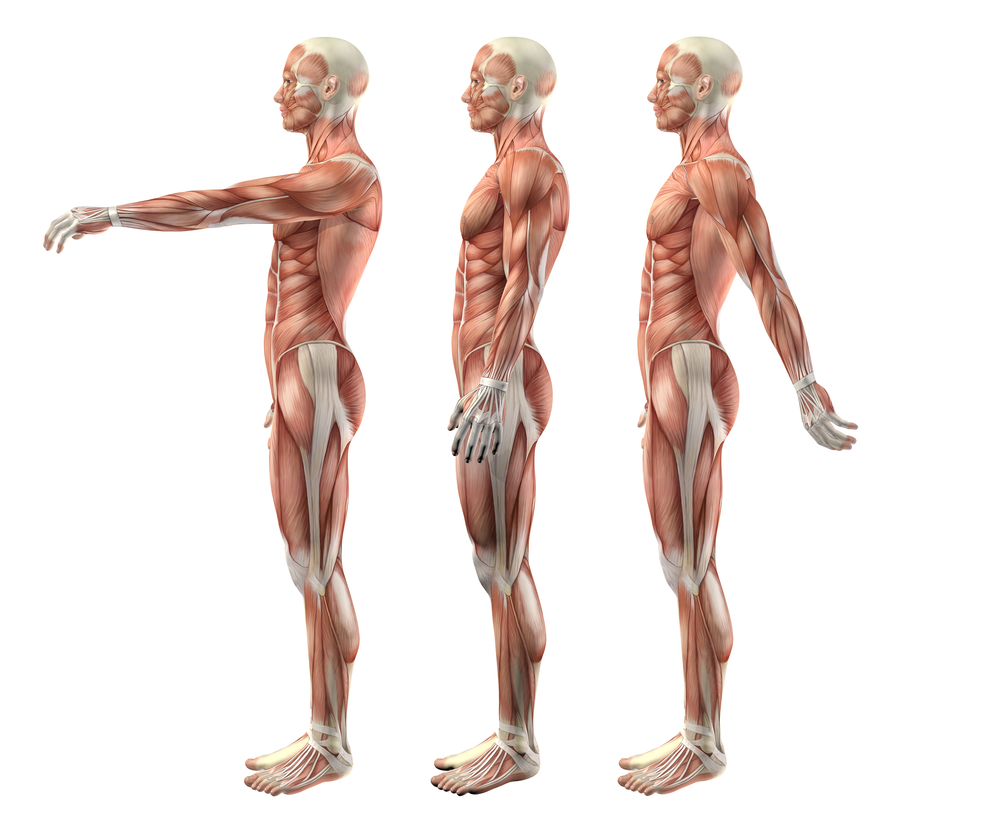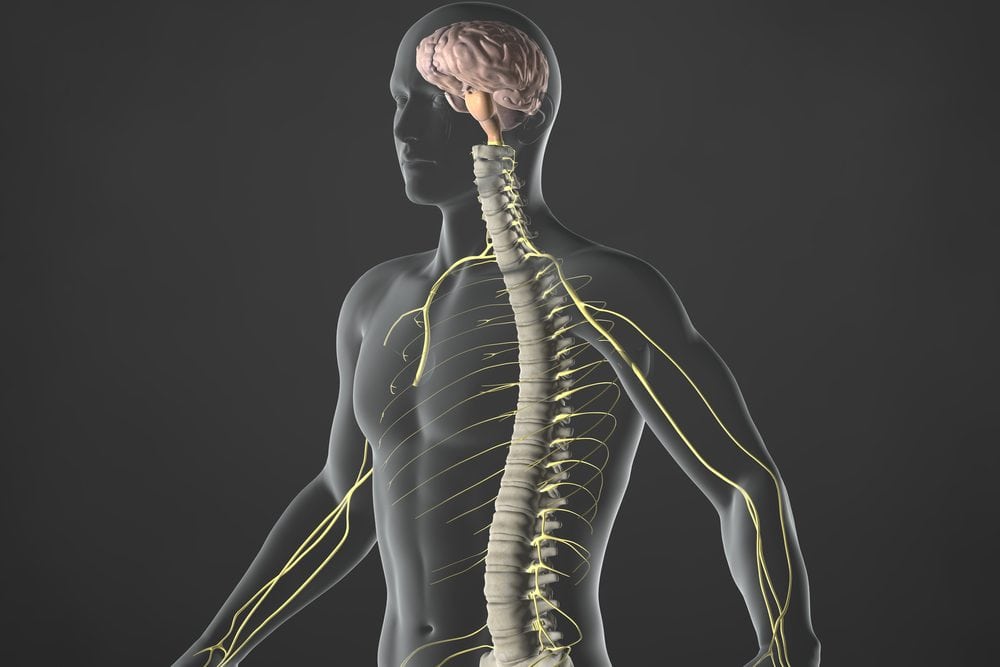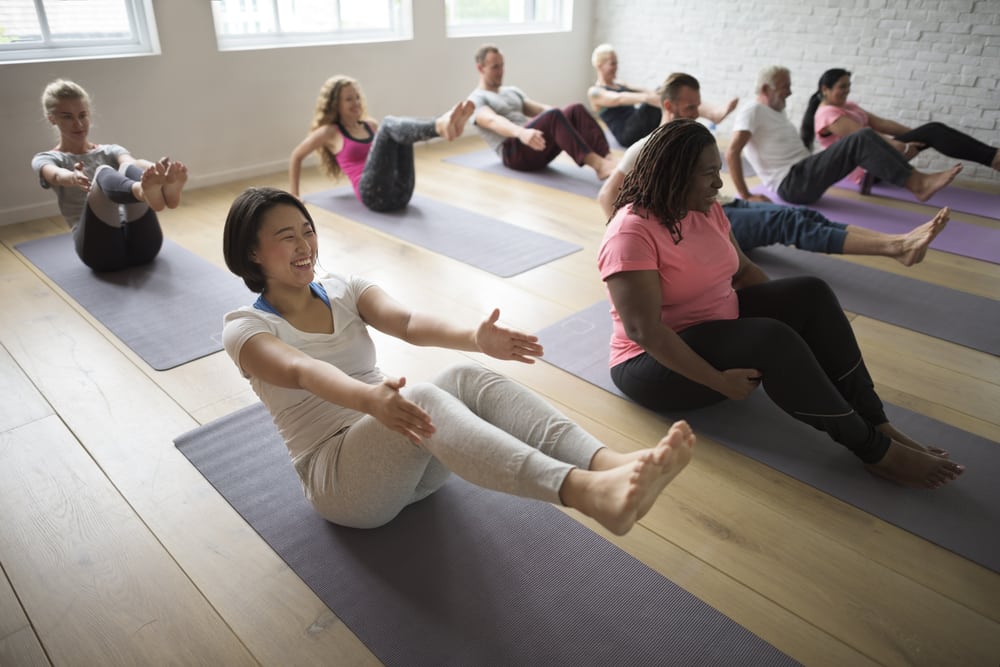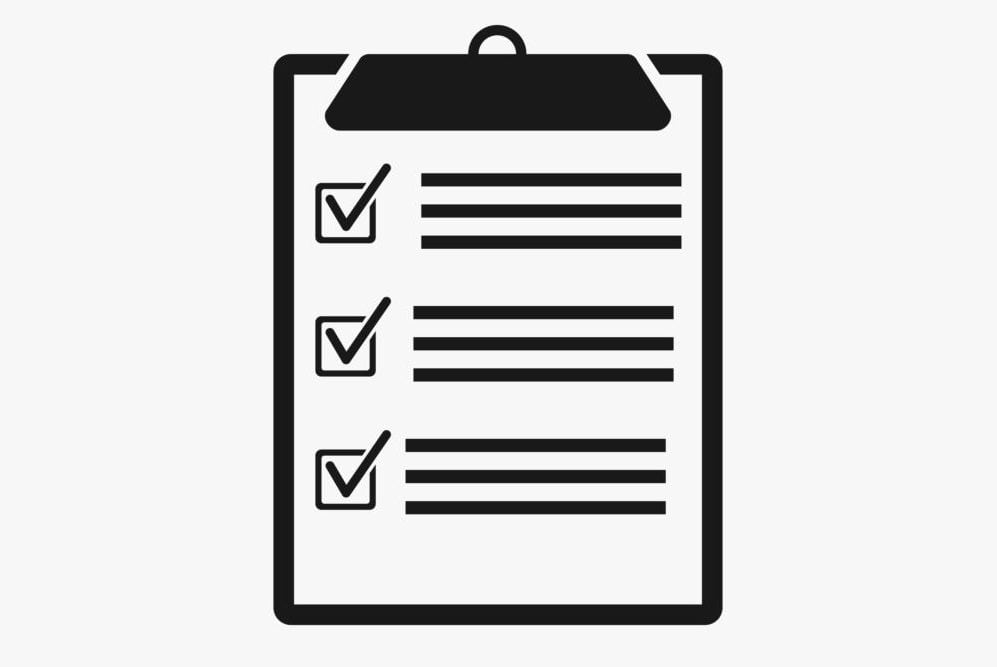
Introduction
Overview
Yoga Teacher Central offers Teaching Knowledge Standards for yoga teachers to:
- Promote and support widespread adoption of training models that adequately prepare yoga teaching professionals.
- Make it easy for teachers to become aware of gaps in their knowledge, and to efficiently bolster their education in foundational knowledge.
Scroll down to see a complete list of knowledge standards.
Self-Assessments
We also offer free and private self-assessments for yoga teachers to:
- Provide an effective way to assess knowledge of each of the standards.
- Make it easy to self-assess privately, on your own time.
- Help teachers who identify educational gaps to bolster their knowledge with accessible and practical lessons.
Get the free self-assessments here: Standards & Self-Assessment Hub
Notes
- We recognize and support the Heart of Yoga recommended standards for yoga teachers (detailed here), which offer a comprehensive perspective of yoga teaching as a whole.
- There are no other widely published or accepted standards for yoga teaching professionals. Therefore, we offer these specific minimum knowledge standards. (A common misperception is that Yoga Alliance has published teaching “standards,” that it “certifies” teachers and that YA registration has a relationship to teaching competency. That is not correct. See factual information here.)
- These standards relate to the knowledge component of teaching only, as distinguished from practice, transmission and mentorship.
- These standards are relevant across a wide range of teaching styles, are comprehensive in scope and have been methodically devised and contextualized in a full curriculum.
- Each of the standards has been well-researched, is transparent, and is fully supported with clear, precise and accessible lessons. (Due to this full transparency, anyone on the planet can fully consider the standards, customize the recommendations for their own use, and provide feedback, which we wholeheartedly invite. We are happy to change and update the recommendations at any time.)
- We offer teachers an opportunity to become aware of any gaps in their education, and to efficiently round out their education in the fundamentals. See the Standards & Self-Assessments Hub for free and private self-quizzes.
- For teacher trainers, we provide curriculums and a library of resources for meeting these knowledge standards, plus much more in the way of advanced and specialized teaching knowledge.
The standards (listed below) are organized as follows:
Humanities
- Roots of Yoga
- Yoga Philosophy
Anatomy & Physiology
- Anatomy & Biomechanics
- Physiology
Safety
- Student Safety Foundations
Teaching Arts
- Ethics & Equity Foundations
- Teaching Methodology Foundations
- Your Presence as the Teacher
- Alignment & Adjustments
- Sequencing Foundations
- Adapting for Student Needs
- Personal Practice & Self-Care
- Professional Development
Yoga Techniques
- Breath & Pranayama
- Asana Foundations
- Mantras & Meditation
- Poses
Asana Categories & Poses
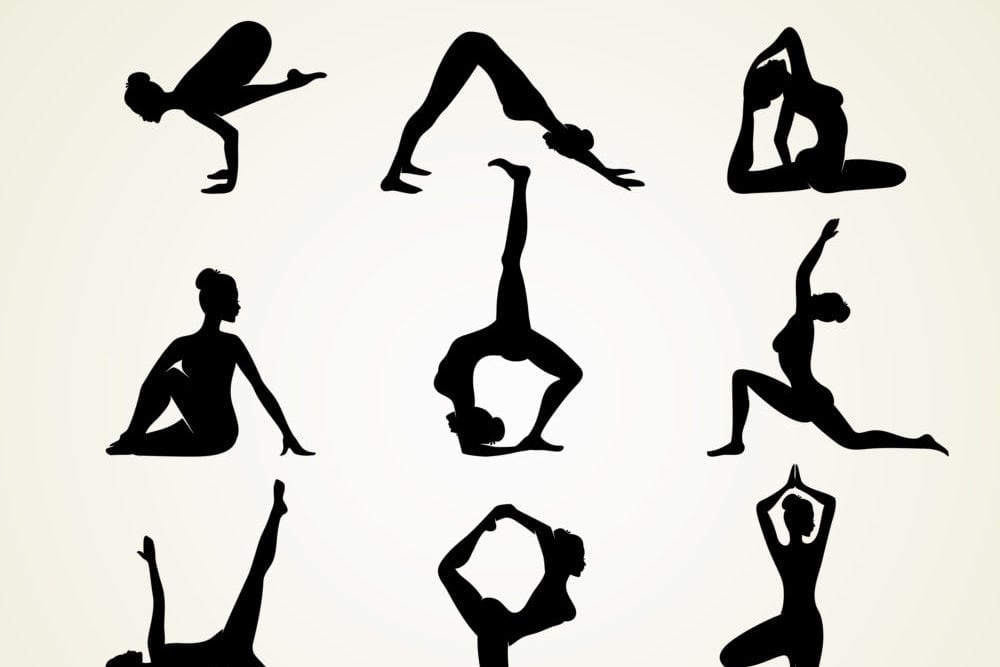
Be familiar with the qualities and sequencing considerations of each category of asana, plus naming, effects, cautions, basic form, cueing and variations of individual poses within each category:
- Standing Poses
- Surya Namaskar & Vinyasa Yoga
- Balancing Poses
- Core Strengthening Poses
- Arm Balancing Poses
- Backbending Poses
- Forward Bending & Hip Stretching Poses
- Twisting Poses
- Inversion Poses
- Meditation Seats
- Chair Yoga
- Restorative Yoga
- Yin Yoga
Practice vs. Knowledge
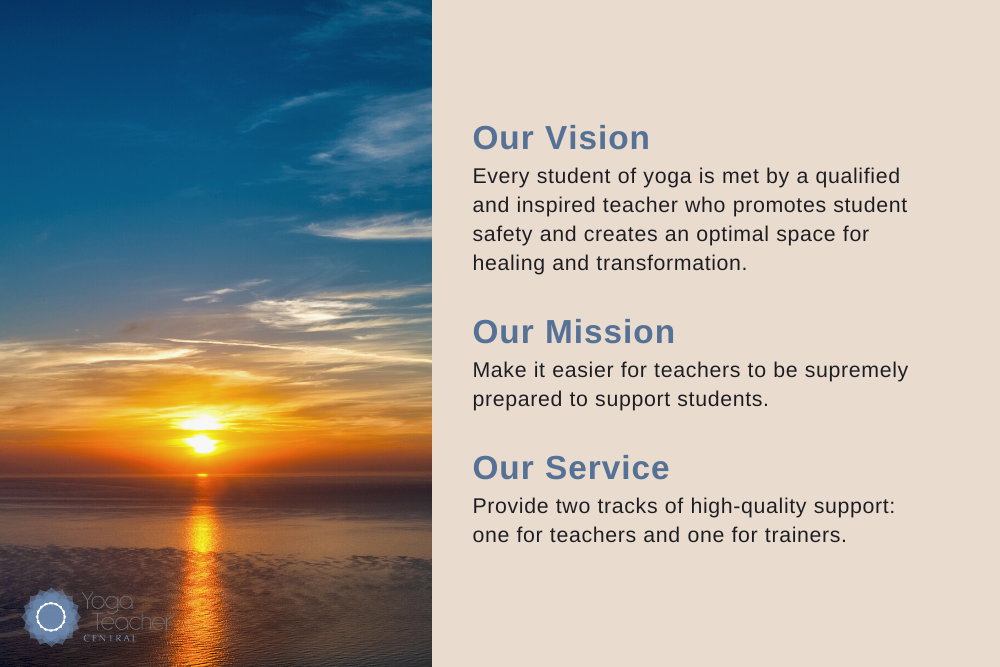
Yoga is a lifelong pursuit of learning and practice. And so, too, is the teaching of yoga.
Yoga teachers develop their skills and evolve over time through:
- Personal Practice
- Practice Teaching and “Real” Teaching
- Mentoring / Coaching
- Transmission
- Knowledge
The techniques that teachers use in their growth and evolution fall into two broad categories:
- Practice, and
- Knowledge Acquisition
Here we use “practice” to mean all those things that you engage in with the mind-body in real time, including not only your personal practice (including self-study and reflection) but also practice teaching and receiving coaching and mentoring. Both practice and knowledge are critical for teachers.
- Teaching is not simply spouting knowledge, and it’s not just oversight and coaching of students. Excellent teaching is a sharing of your whole self, including your accumulation of experience and a transmission of your energy.
- A teacher lacking adequate practice will not have the level of experience and consciousness needed to transmit the depth associated with transformation, and they may sound “hollow” or superficial.
- A teacher lacking adequate knowledge will be unprepared to share the deep and broad scope of teachings, to utilize and adapt the broad and deep teachings that are needed to effectively meet the variety of student needs.
Although growth as a yogi and teacher usually happens in ways that are non-linear and organic, we find that practice and knowledge are most effectively approached methodically. One of the reasons why a teacher training can be so transformative is because it inspires disciplined and methodical practice and knowledge acquisition.
The primary reason for distinguishing knowledge acquisition from practice is this:
- Many vital aspects of a yoga journey fall under the category of practice, which cannot be written down in a book or manual.
- Knowledge, however, can be methodically studied, which is an accessible and practical way for every teacher to efficiently build an ever-more-powerful teaching toolkit.
Practice is critical to personal evolution, which happens in organic and non-linear ways. Knowledge, however, is a component of teaching that can be methodically learned at a pace that you define.
When it comes to the knowledge component, perennial study is a critical aspect of teaching effectiveness. The more we learn, the more we realize there is to learn. Thus, lifelong study is the norm for teachers.
As you become more aware of the vast scope and depth of knowledge related to yoga teaching, it may at times feel overwhelming. To reduce overwhelm, it can help to bring some perspectives and strategies to your learning:
- As a general rule, study is best approached methodically, as opposed to reacting to whatever gets thrown at you from random sources of information.
- Honor your learning style and move at the optimum pace for you. Since there’s no end to learning, there’s no need to rush. If something feels challenging to you, take more time with it. And if something comes naturally and easily, be grateful and move on to the next step in your learning.
- Generally, it’s ethically advisable to meet a minimum standard of knowledge and to integrate that learning before endeavoring to teach others. No matter where you are in your development, if you’re sharing yoga as a guide, be sure to teach what you actually know. Refer out when faced with something you don’t.
- Learning the fundamental knowledge in any subject is most efficiently achieved by using a structured or methodical approach. However, as you go further in your study, curiosity and interest serve as excellent guides to lead you to your next area of study.
Sample Support

Here you’ll find examples of the lesson support behind each standard.
Cultural Appropriation vs. Cultural Exchange
In this lesson, we differentiate cultural appropriation from cultural exchange and explain the significant reasons for honoring the roots of yoga.
- Objective: Be aware of what cultural appropriation looks like; the historical context that explains the significance of honoring the roots of yoga; and how to mindfully and ethically do so.
- Description: Define cultural exchange and cultural appropriation, and explain the key differentiators between them. Describe the vital significance of the roots of yoga and what appropriation of yoga looks like
- Free Sample Lesson: Cultural Appropriation vs. Cultural Exchange
Defining & Teaching Alignment
In this lesson, we introduce alignment and a general approach to teaching it.
- Objective: Understand the goal and priorities of teaching alignment and how to empower students to learn alignment “from the inside.”
- Description: Define “alignment.” Explain the goal of alignment and how alignment and prana are said to relate. Explain why no alignment teaching works for all students and provide priorities in teaching alignment. Explore the value in empowering students to learn alignment “from the inside” and how this can be accomplished.
- Free Sample Lesson: Defining & Teaching Alignment




